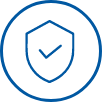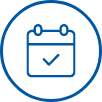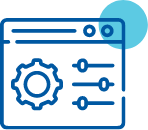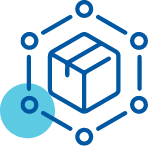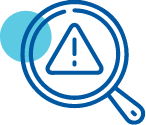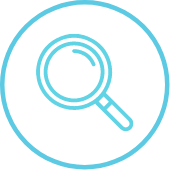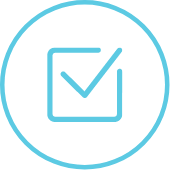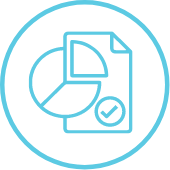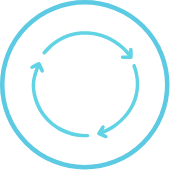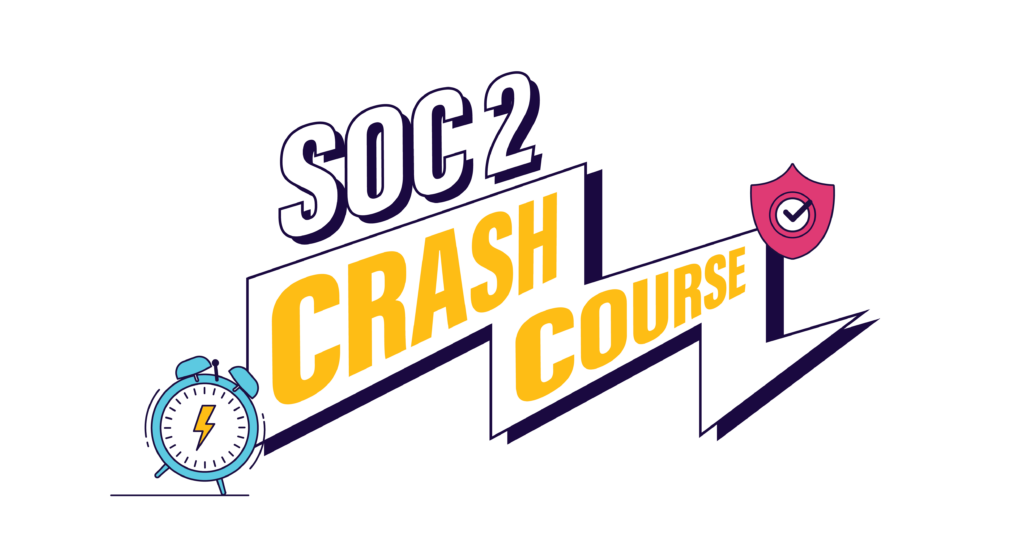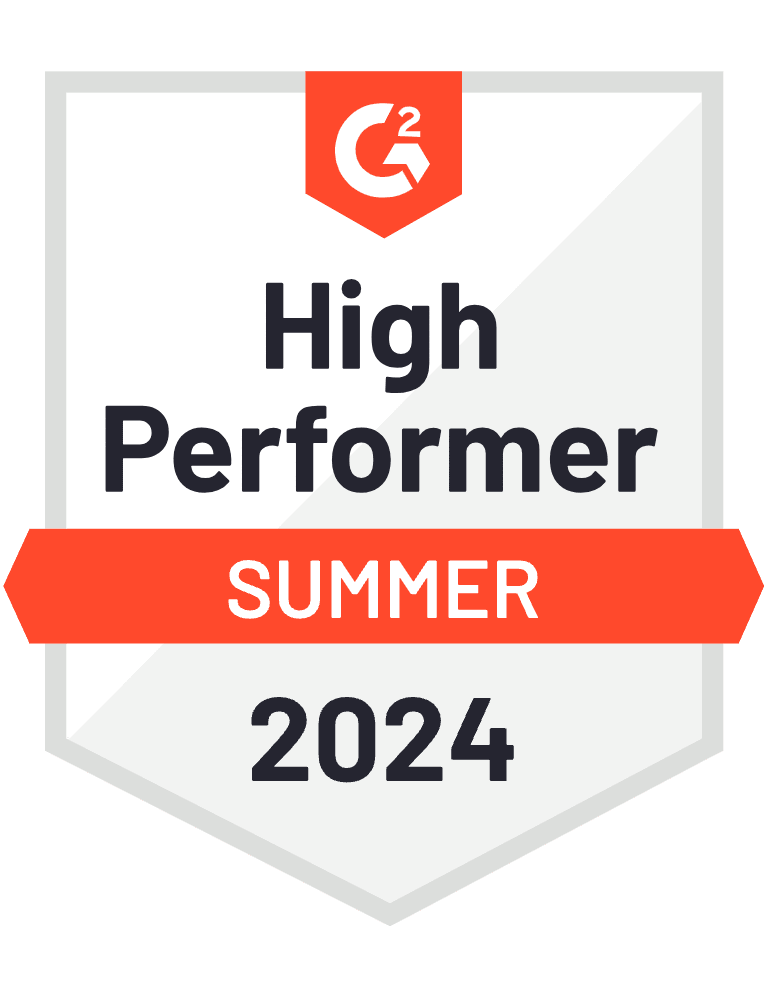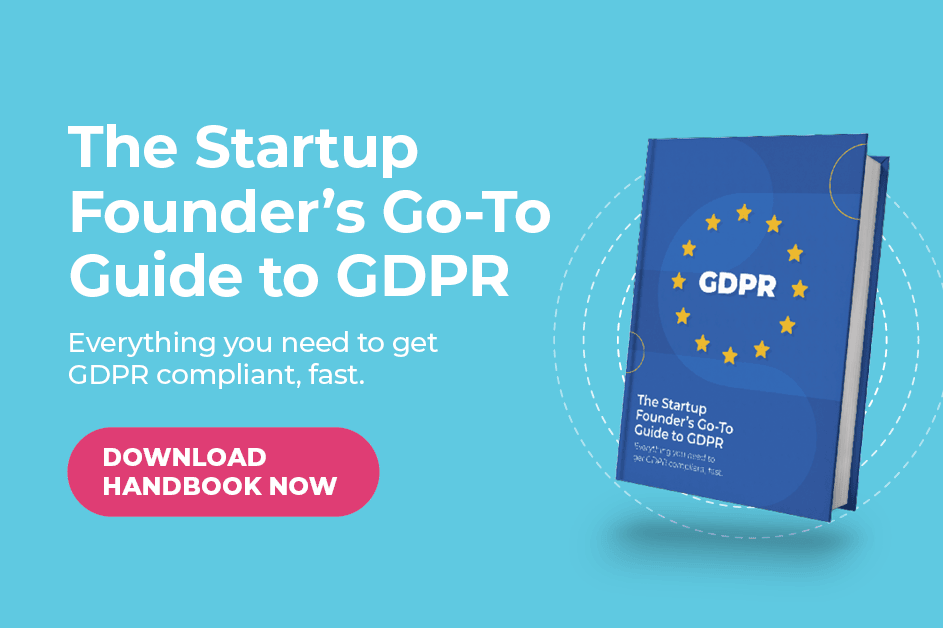How creating a comprehensive SOC 2 scope can benefit your business, and how to get there.
What are the Benefits
of SOC 2 Compliance?
There are many reasons why organizations need a SOC 2 report. Let’s take a look at the importance of SOC 2 compliance!!
Meet customer
demands
Many potential customers, especially those in the US, demand an organization’s SOC 2 report before doing any business or even proceeding with sales discussions. Therefore, without SOC 2, companies are likely to lose deals and fail to reach full potential. Maintaining SOC 2 compliance also plays a major role in customer retention.
Boost customer
trust and sales
Demonstrating SOC 2 allows you to stand out amongst other players in the market that are not SOC 2 compliant, giving customers the confidence that their sensitive data is safe and that they are partnering with a company that takes information security seriously. And so, a SOC 2 report boosts sales and enables a faster sales cycle.
Prevent
security risks
SOC 2 ensures that there are no gaps in your organization’s security posture and improves risk management. Therefore, SOC 2 significantly reduces any chance of a data breach, human error or other security risks, as well as their consequences. A data breach can lead to financial and reputational damage.


